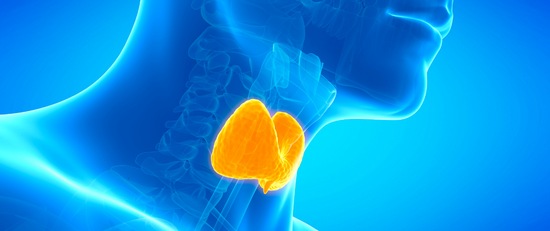The Critical Link Between
Low Nitric Oxide & High Blood Pressure
By Dr. Kevin Passero
Hypertension, commonly known as high blood pressure, is a prevalent cardiovascular condition affecting millions of people worldwide. It is a significant risk factor for heart disease, stroke and kidney problems. Nitric oxide (NO), a small molecule produced by the endothelial cells lining blood vessels, plays a crucial role in regulating blood pressure. In this comprehensive blog, we will delve into the intricate relationship between nitric oxide and hypertension, exploring the underlying mechanisms and the implications for cardiovascular health.
Hypertension is a chronic condition characterized by elevated blood pressure levels. It occurs when there is increased resistance to blood flow in the arteries or when the heart pumps blood with excessive force. The two main types of hypertension are primary (essential) and secondary hypertension. Primary hypertension, which accounts for the majority of cases, develops gradually over time and is influenced by lifestyle factors, genetics and age.
How Nitric Oxide (NO2) Works
Nitric oxide is produced by the enzyme endothelial nitric oxide synthase (eNOS) in the endothelial cells that line our blood vessels. Once released, it diffuses into the smooth muscle cells of blood vessel walls, where it activates a unique enzyme pathway. This activation leads to the production of cyclic guanosine monophosphate (cGMP), which promotes relaxation and dilation of blood vessels, resulting in decreased arterial resistance and lower blood pressure.
The Link Between NO2 and Hypertension
In individuals with hypertension, there is often a decrease in nitric oxide bioavailability, leading to impaired vasodilation and increased arterial peripheral resistance. Several key factors contribute to nitric oxide deficiency, including oxidative stress, inflammation, and endothelial dysfunction. Oxidative stress, caused by an imbalance between reactive oxygen species (ROS) and antioxidants, can lead to the scavenging of nitric oxide and reduced eNOS activity. Inflammation, another contributor to hypertension and cardiovascular disease, can impair nitric oxide production by disrupting the normal functioning of endothelial cells.
Endothelial dysfunction, a common characteristic of hypertension, is marked by impaired endothelial function and reduced nitric oxide production. Factors such as obesity, smoking, diabetes, and high cholesterol levels contribute to endothelial dysfunction. As the endothelial cells lose their ability to produce sufficient nitric oxide, there is a decrease in vasodilation and an increase in vasoconstriction, resulting in elevated blood pressure.
Vascular Remodeling; Another Dangerous Effect of Low NO2
Hypertension triggers structural changes in blood vessels, a process known as vascular remodeling. Nitric oxide plays a significant role in modulating vascular remodeling. Reduced nitric oxide levels promote vascular smooth muscle cell proliferation, migration and hypertrophy, leading to the thickening and stiffening of arterial walls. This further exacerbates hypertension and increases the risk of cardiovascular complications.
The Take Home:
Nitric oxide, a critical signaling molecule, plays a fundamental role in the regulation of blood pressure. Its deficiency contributes to the development and progression of hypertension. Oxidative stress, inflammation, endothelial dysfunction and vascular remodeling all impact nitric oxide bioavailability, impairing its vasodilatory effects. Understanding the role of nitric oxide in hypertension highlights the significance of maintaining optimal nitric oxide levels through a healthy lifestyle, regular exercise and targeted interventions. By prioritizing the preservation of nitric oxide bioavailability, we can take proactive steps towards managing hypertension and reducing the risk of cardiovascular complications.
Durable BLOOD PRESSURE® is an easy, natural way to support healthy nitric oxide and blood pressure levels.
Click here to learn more.




